Samsung Galaxy A56 review: worth the money?
Samsung's 2025 A56 costs less than a flagship and packs some great features, but at its launch price it's a tough sell
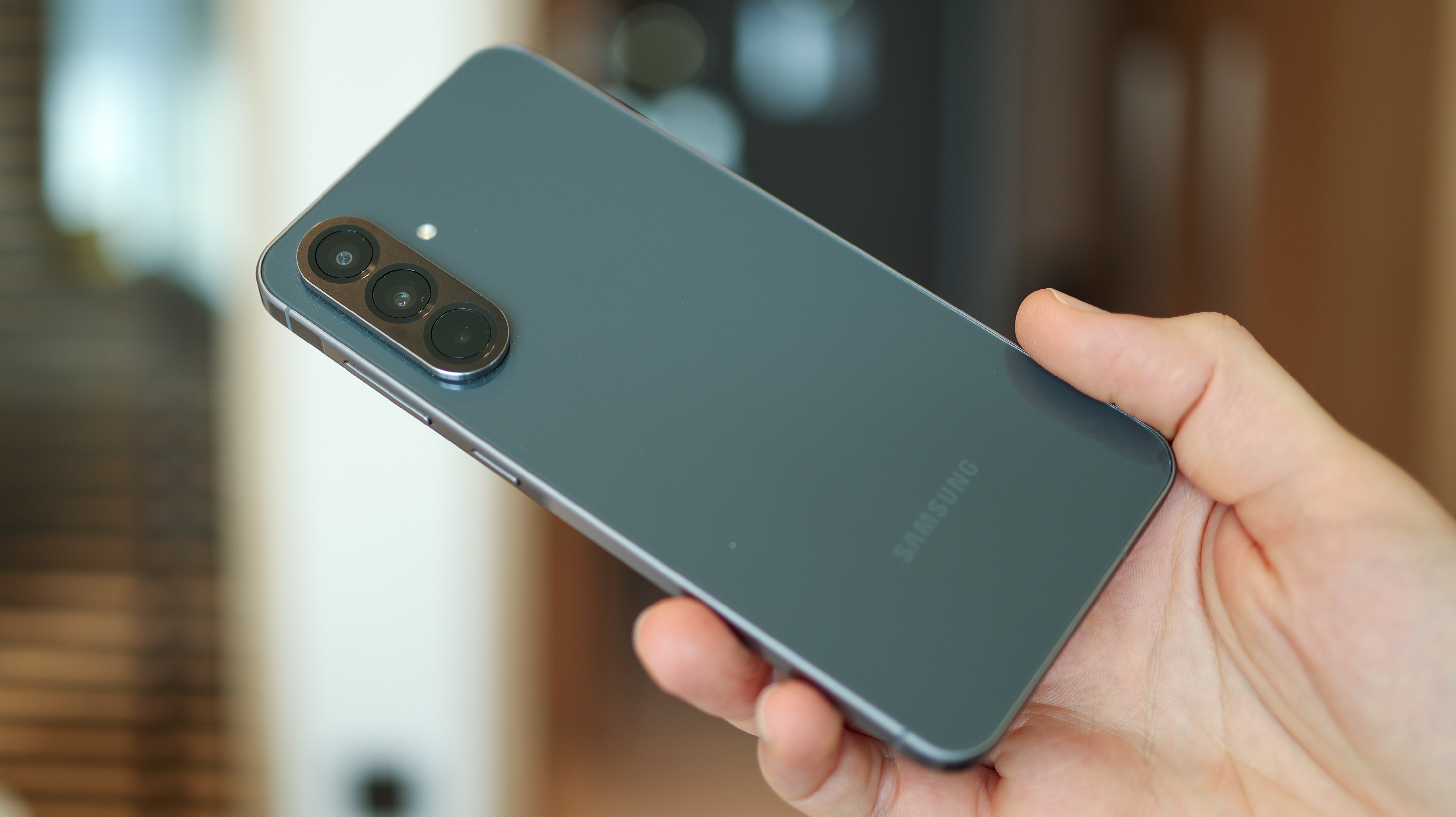
The Samsung Galaxy A56 could be a good phone for anyone who loves watching content, thanks to its excellent screen and speakers. With a middling camera and mediocre gaming performance, however, it's anything but a no-brainer at its launch price. However, if you can handle its compromises, the A56 is still a smooth operator day-to-day with some welcome highlights – and later down the line, as a better-value prospect, is when it'll really add to its appeal.
-
+
Bright, punchy screen
-
+
Respectable video
-
+
Great speakers
-
-
Middling gaming performance
-
-
Uninspired design
-
-
Weak cameras
Why you can trust T3

Samsung's Galaxy A56 could be excellent after a glance at its specs. It has a big screen, upgraded internals, and double the starting storage of the flagship Galaxy S25, not to mention a new glass and metal design, plus water resistance.
While last year's Galaxy A55 was a mixed bag, Samsung has loaded up the A56 with some Galaxy S25 highlights, including the Now Bar for handy lockscreen updates, plus a number of AI-adjacent features, not to mention upgraded specs.
With so much competition, the Galaxy A56 has its work cut out for it though. For a bit less, you could pick up the Nothing (3a) Pro with its class-leading zoom, or the Poco X7 Pro for value-packed gaming power. And Google has just dropped the feature-packed Pixel 9a, which out-specs the A56 5G in key areas.
So does Samsung's A-series still represent value in 2025, or is its price bump year-on-year pushing it too far into the premium space?
How much does the Galaxy A56 cost?
Samsung has increased the Galaxy SA56's starting price compared to its predecessor at launch, though it's also doubled the starting storage from 128GB to 256GB, taking the sting off the price hike.
While UK consumers only get a 256GB model, a 128GB model is available for enterprise customers. By contrast, Australia will get both the 128GB and 256GB models.
That means the 256GB Galaxy A56 costs £499 in the UK, and AU$799 in Australia. While no US availability has been confirmed yet, we expect it to be around $499 if it launches there – based on Samsung's past launches (pending import tarrifs, it would seem).
Galaxy A55 vs A56: What's new?
- Smaller bezel for larger screen, now 6.7-inch
- 20% brighter (1200 nits to 1900 nits max)
- New, thinner design: just 7.4mm
- Updated 'camera island' design
- 45W charging (up from 25W)
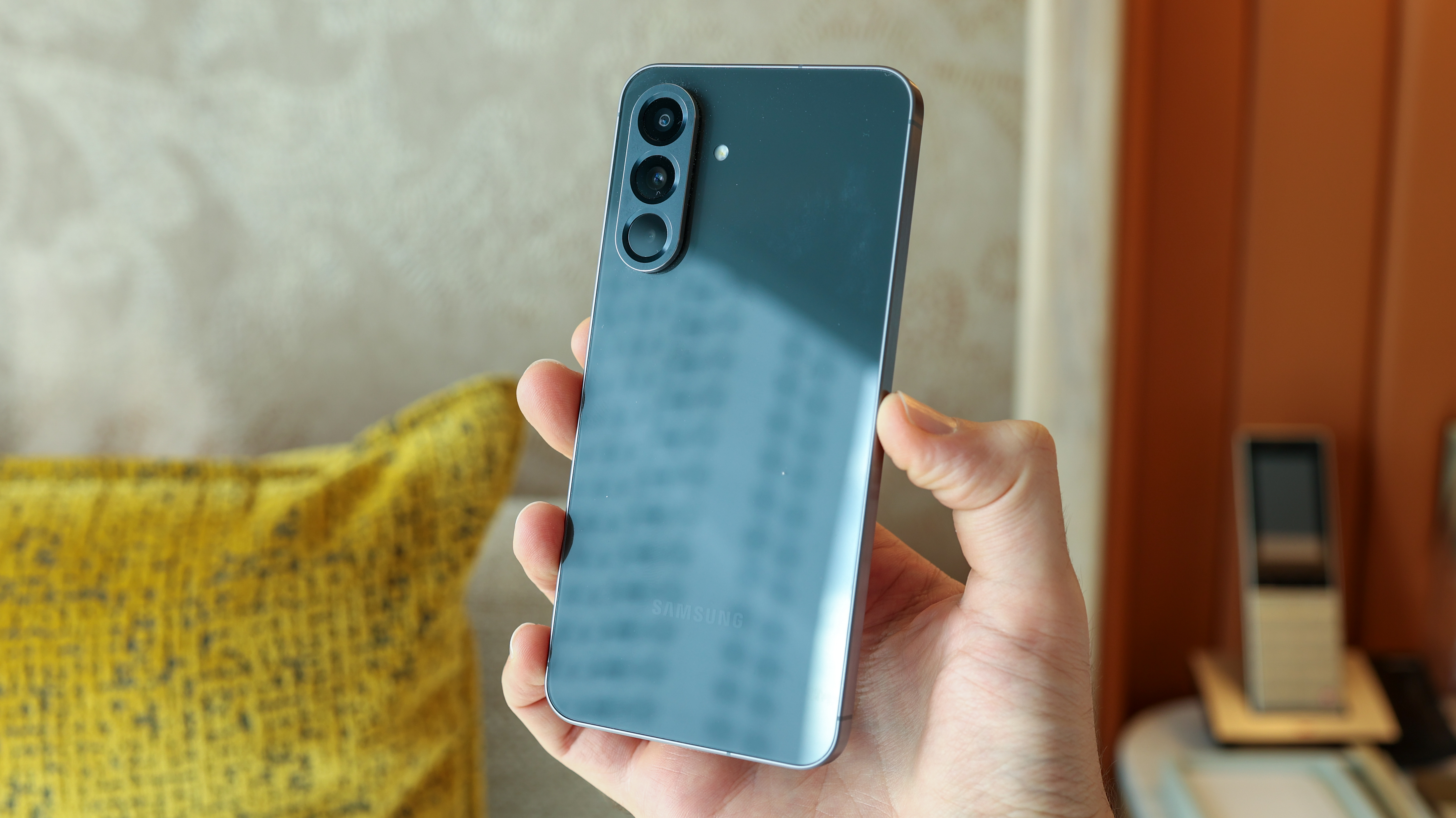
The Galaxy A56's design refresh is the most obvious update compared to the A55, with the camera mix stepping away from individual cameras and towards a camera island.
Adding bulk to the design and taking it a step away from the S25 series, I'm not a fan of the choice, though I do like the new contoured frame.
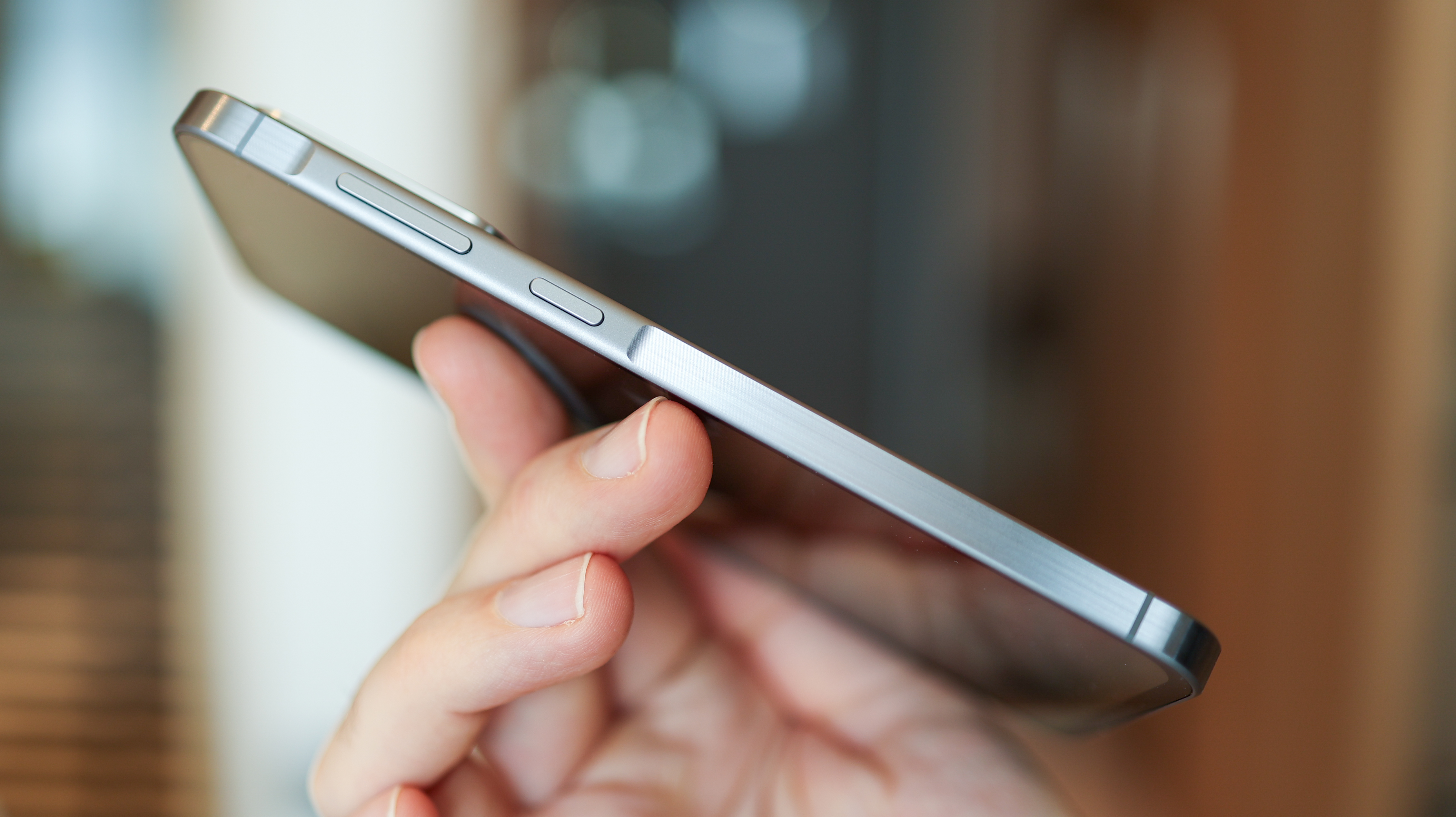
The A56 is also slimmer, measuring 7.4mm compared to the 8.2mm A55, and the screen is also slightly larger at 6.7 inches – though thanks to the slimmer bezel, the phone's front isn't any larger.
One area the Galaxy A55 needed a boost was performance, and the new Exynos 1580 chipset features a higher clock speed and a newer GPU, which should result in gaming and UI smoothness.
How big is the Galaxy A56?
- Awesome Graphite / Awesome Light Gray / Awesome Olive / Awesome Pink
- Flat 6.7-inch AMOLED panel
- 1900 nits maximum brightness
- 1080 x 2340 resolution
- 120Hz refresh rate
- IP67 water/dust resistance

The Galaxy A56 is a prime example of specs not translating to real-world experiences. Despite its ultra-slim 7.4mm profile, the phone doesn't feel thin, thanks to the stark, flat metal frame.
Some phones' frames have rounded edges that slightly curve into the glass to create a smoother in-hand feel and make them feel slimmer, or even 2.5D or curved glass, but the A56 5G misses out on these tricks and feels clunky as a result.
There are some design wins though. The frame contours to raise the power and volume buttons, which is a nice touch, and the brushed metal adds a visual flourish.
As far as colour options go, Samsung has also included a few standout finishes. Be warned, darker options cling onto fingerprints, so go for light grey or pink if you don't plan on getting a case and aren't a fan of smudgy backs.
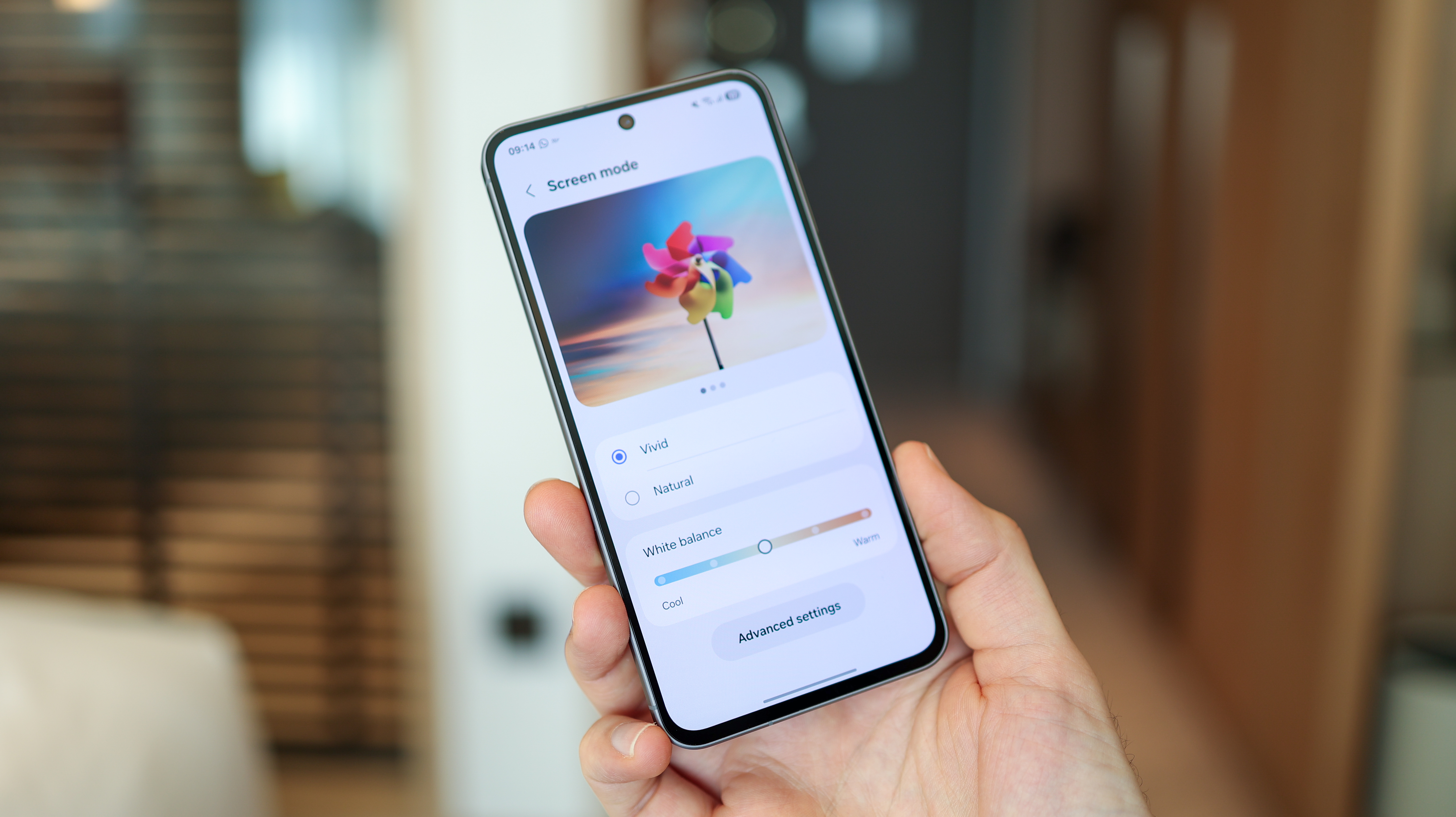
At 6.7 inches, the Galaxy A56's screen is its biggest highlight, shining brighter and looking more immersive than last year's A55. Samsung's AMOLED tech tends to deliver, and thanks to its smaller bezels, the A56 5G looks a bit more current-gen than past A-series phones.
Not quite flagship, as there's a slight chin here – a bottom bezel that's thicker than the side bezels – but nevertheless, with its Netflix HDR playback and rich contrast and a host of display options, there's very little to grumble about when watching on the A56's quality screen.
Is the A56 good for gaming?
- Exynos 1580 with 8GB RAM and 256GB storage
- 5,000mAh battery, 45W wired charging
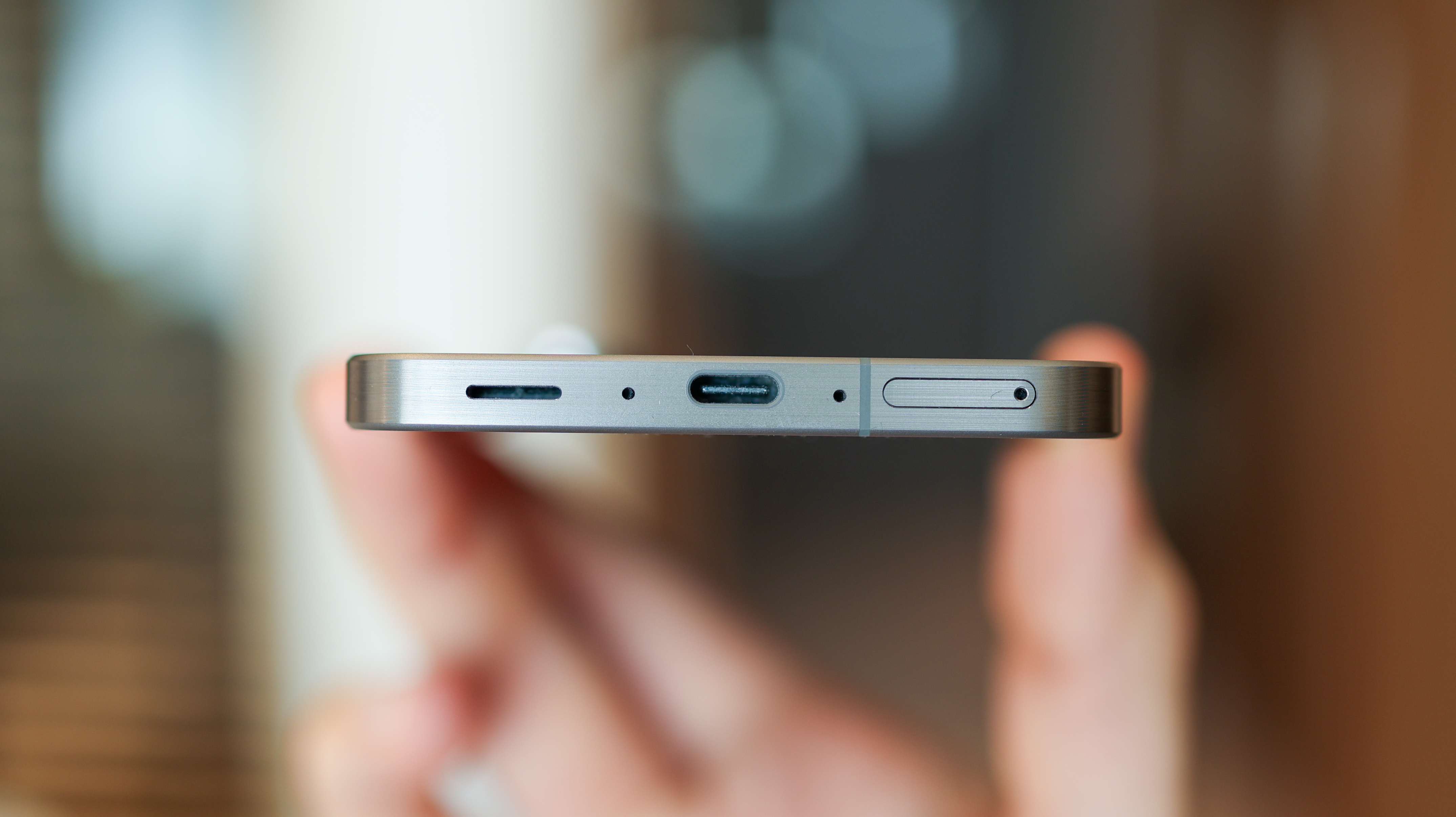
One of the biggest issues with last year's Galaxy A55 was how underpowered it felt for its price. This year, Samsung promises performance gains which benchmarks tend to corroborate, but in our real-world tests it misses the mark.
While the Exynos 1580 chipset is perfectly good for day-to-day tasks, snappy photo taking, navigating the interface without lag and stutter-free YouTube videos, when I fired up demanding games, I was greeted with inconsistent performance.
Genshin Impact, for example, a game typically well optimised for most phones, dropped a lot of frames, feeling like a stuttery gif at times. Meanwhile, Wuthering Waves fared a bit better, but still underwhelming considering the phone's asking price.
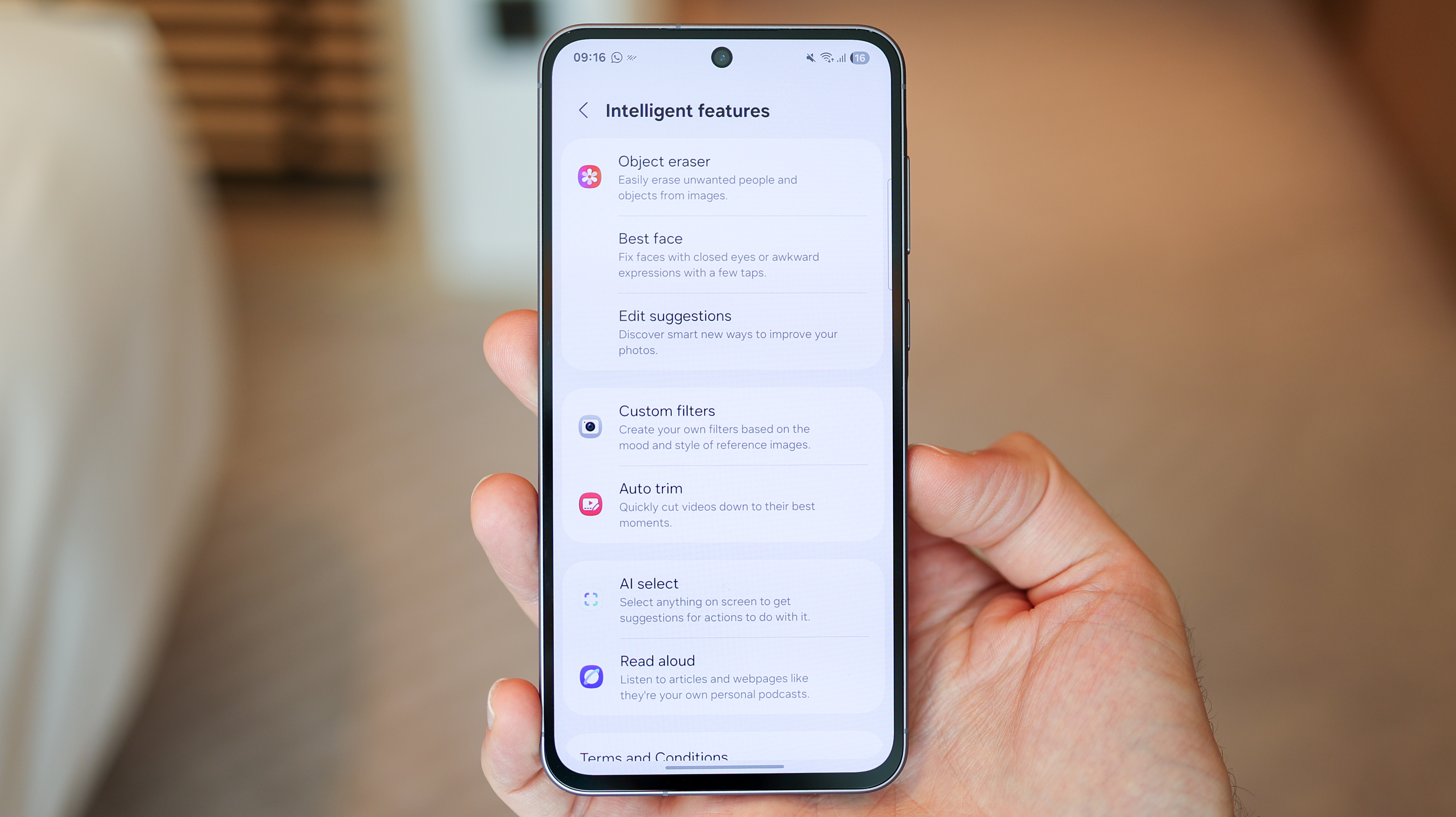
If you're not a gamer, then the Galaxy A56's performance is perfectly respectable for day-to-day tasks, and its interface is feature-rich to boot. Running Android 15 with Samsung's OneUI over the top, its six-year software update promise gets everything off to a great start.
Coupled with the high-capacity 256GB storage, which should take a while to fill up, the A56 is one of the most future-proofed phones you can buy.
While the interface is almost identical to that of the Galaxy S25 series, getting the new Now Bar – which feeds information that might be of interest on your lock screen – it misses out on Now Briefing, Samsung's AI-powered morning, noon and nighttime update.
However, as this was of limited value when I tested the S25, so it isn't a huge loss, and the busy but very capable OneUI gives you a host of AI-themed tools out of the box.
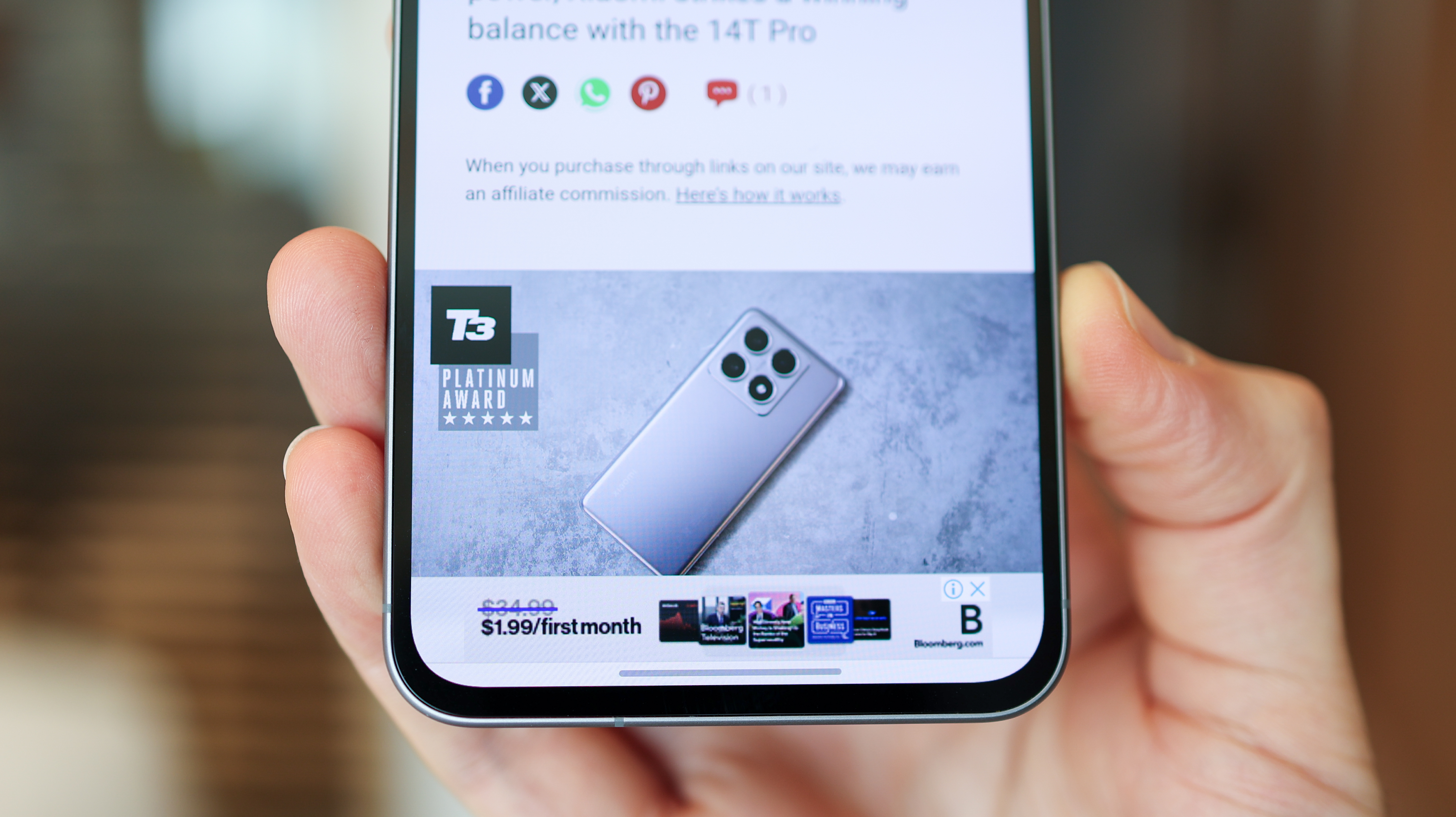
Some of Samsung's AI-themed features are frustratingly hamstrung though. Take the Read Aloud function when web browsing, able to identify relevant web page copy and narrate the entire page saving you a few minutes of screen time.
While on OnePlus and Oppo phones, this works in Chrome and other web browsers, on Samsung phones it's locked to Samsung's own browser, so if you don't use it, you can't take advantage of the feature.
Transcription in the Voice Recorder app is also pared back compared to Samsung's flagships – and much of the competition. It can transcribe, but only in real-time which takes longer than the Galaxy S25, and it also won't summarise meeting notes.
By contrast, the new Oppo Reno13, Poco X7 Pro, and OnePlus 13R can all go the extra mile, summarising transcriptions without forcing you into a third-party app or service.
On the plus side, Samsung is modernising its home screen to compete with alternatives like the Honor Magic 7 Lite, adding resizable folders to the familiar Samsung experience, and if you're coming from another Galaxy smartphone or tablet, you'll feel right at home with the A56.
The A56's battery life is also solid, easily getting you through a day, and charging is relatively snappy for a Samsung phone, powering up fully in just over an hour.
Are the Galaxy A56's cameras any good?
- Main (24mm): 50-megapixel, f/1.8 aperture, optical stabilisation (OIS)
- Ultra-wide (13mm): 12MP, f/2.2, fixed-focus
- Macro (24mm): 5MP, f/2.4, fixed-focus
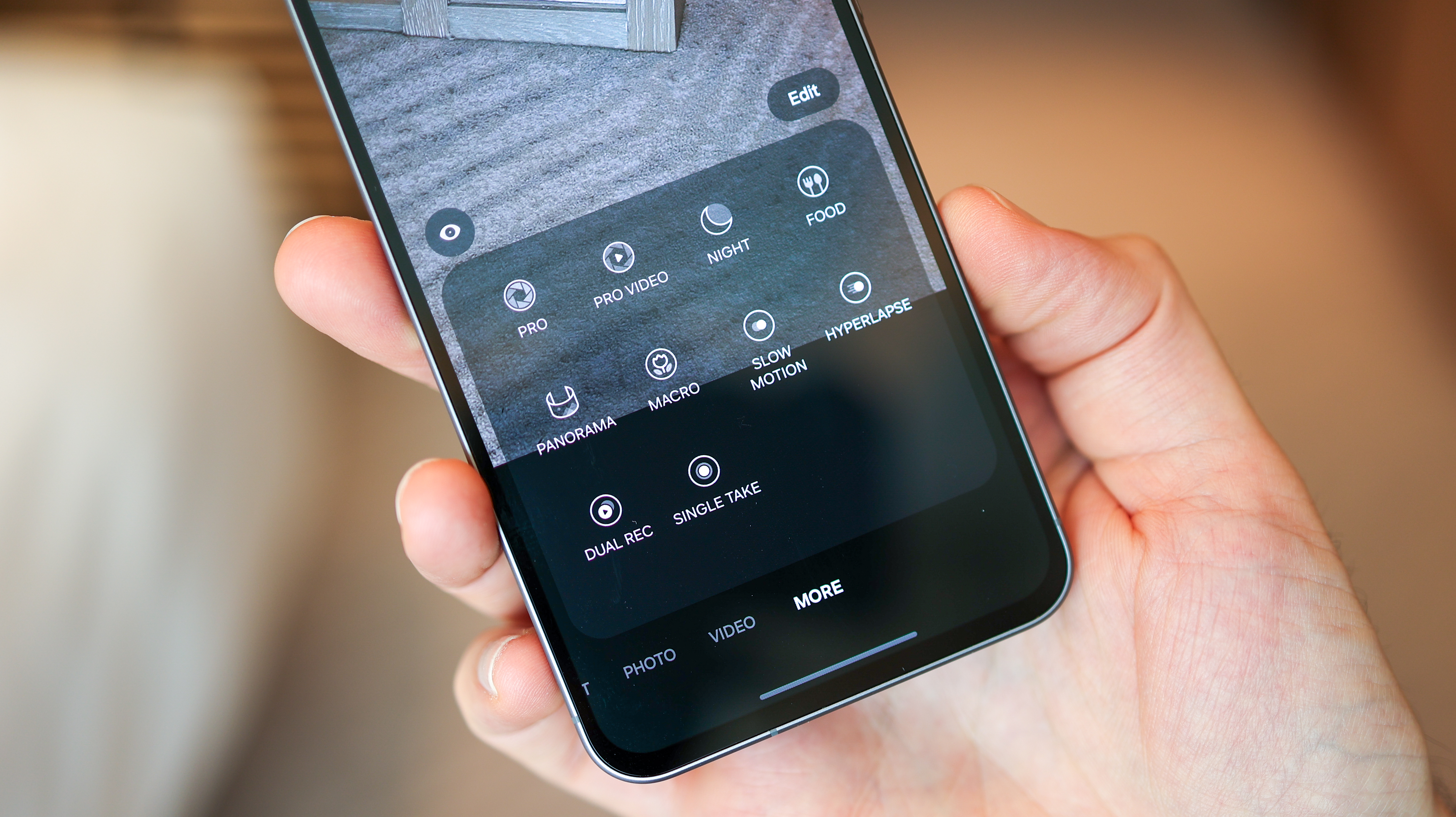
Samsung brings back last year's camera system for the A56, with a triple rear camera mix with a 50-megapixel primary camera at the helm, a 12MP ultra-wide camera, and a 5MP macro camera. The one upgrade to the camera is on the front, with the selfie camera featuring a new 12MP sensor.
After a few minutes taking photos with the A56, you'll get a measure of it, with photos looking good enough, but failing to truly stand out.
Shots are saturated and pack plenty of contrast, and in bright environments are shareable and printable, but there's occasional highlight clipping, and Samsung's heavy-handed processing makes visuals look a bit too crispy.
Fans of more natural-looking photos would be better off with an alternative like the Nothing Phone (3a) or (3a) Pro, or the Oppo Reno 13.







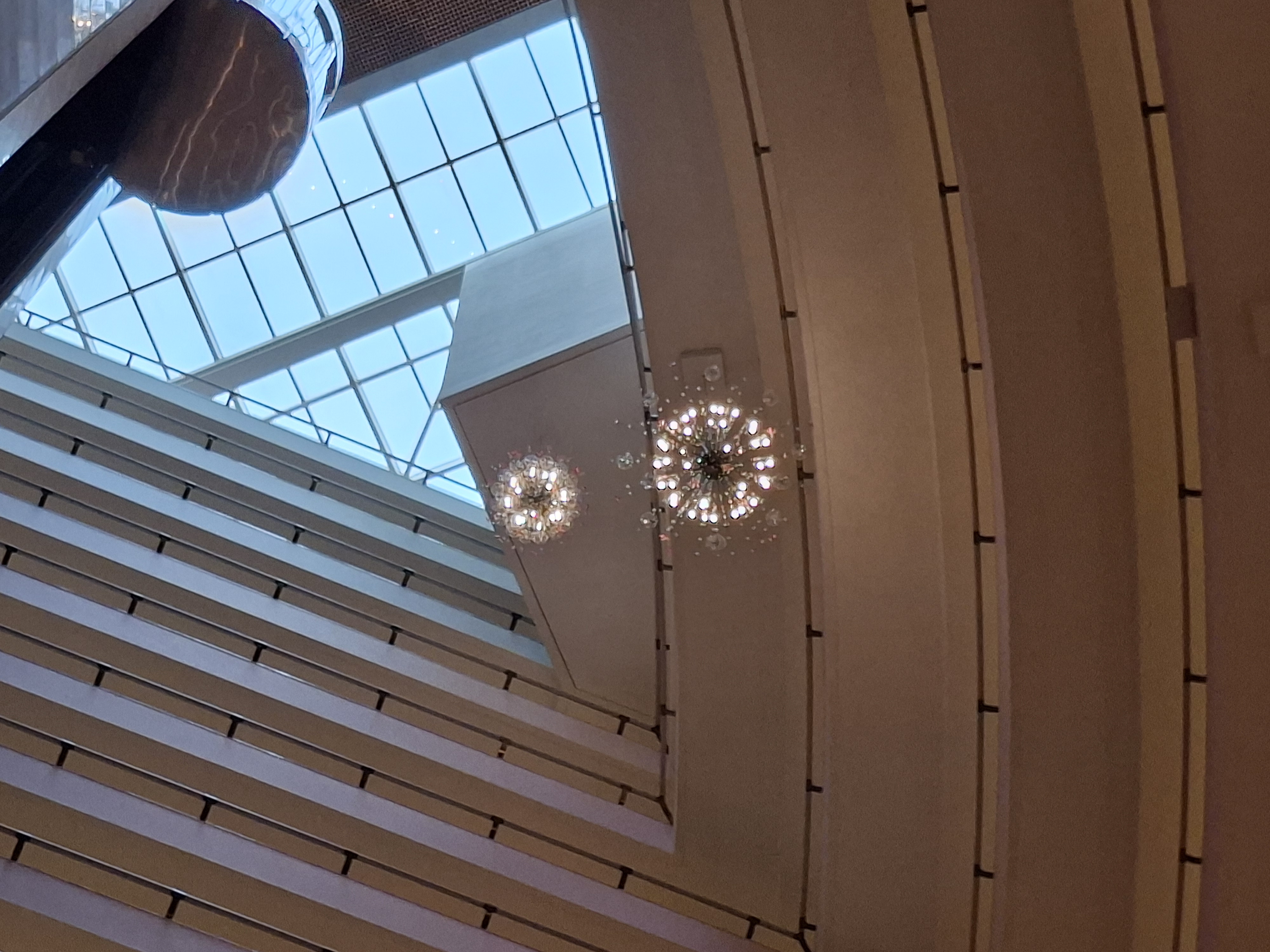
The primary camera is definitely the one to lean on, with both the ultra-wide and macro struggling as soon as the lights drop. In fact, the macro is generally very weak, capturing shots with inferior detail compared to primary camera crops in most conditions, placing its value in question.
At night, Samsung's night mode brightens things up nicely, provided your scene or subject is still enough. Samsung tends to ramp up saturation in skies and warm up light sources, so nighttime shots can look muddy, especially from the ultra-wide camera.
Given the underwhelming rear camera, it's great to see the upgraded front camera fare better. Selfies look relatively natural with respectable dynamic range, flattering sharpness, and accurate colors.





Video is captured at up to 4K resolution from the main, ultra-wide and selfie cameras, and fares better than photos, with solid stabilisation and a crisp picture.
Saturation is still on the punchy side and there's no Log capture to dial things back, though the A56's footage is still competitive at the phone's price.
Samsung Galaxy A56 review: Verdict
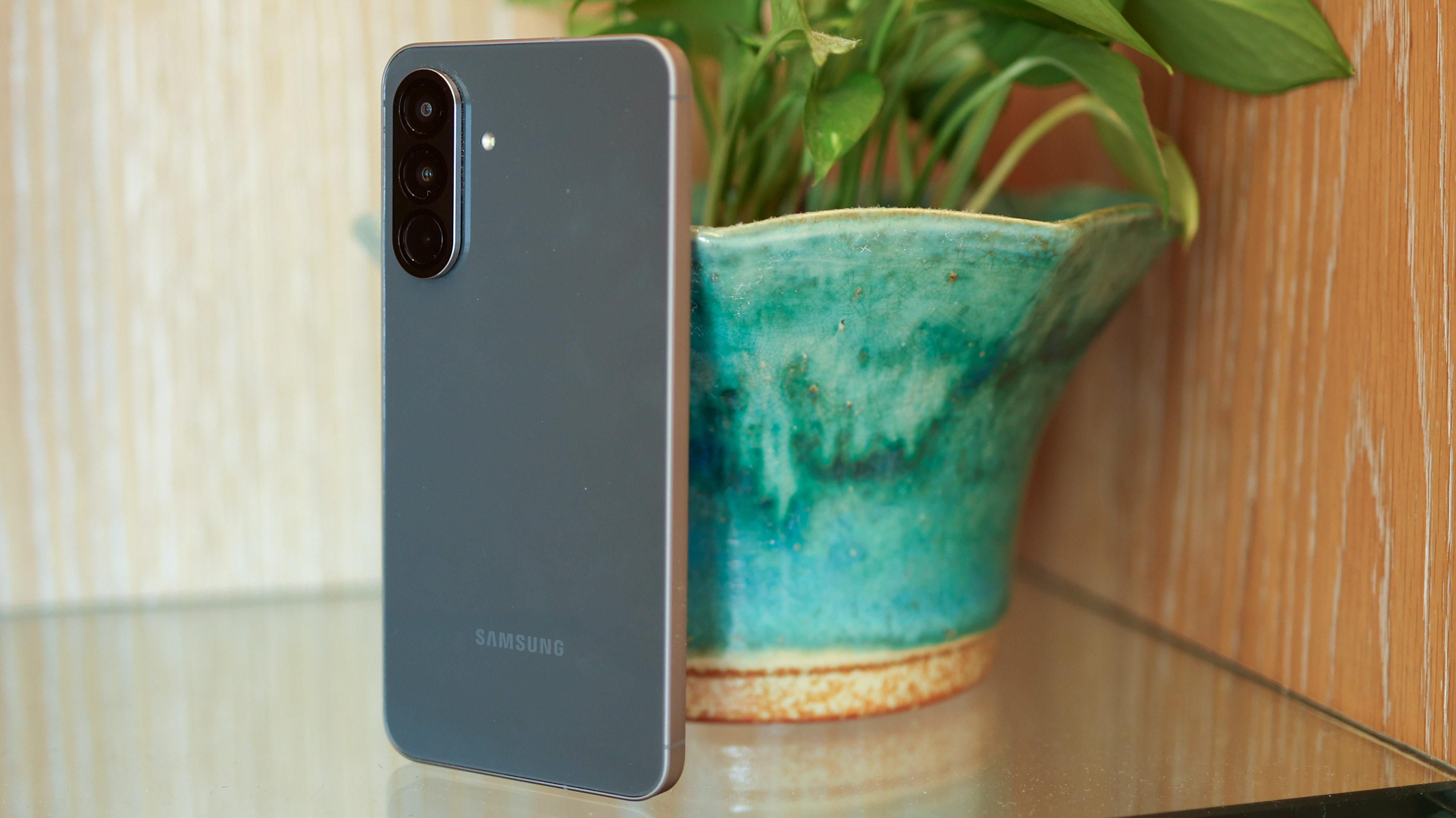
The biggest problem with the Samsung Galaxy A56 is its price on launch. And the glut of competition that offers more power or camera performance for less.
On the right contract or when its price drops, it should be easy to get on board with the A56's excellent screen, Samsung's familiar interface, and the welcome storage boost to 256GB compared to past 128GB devices.
Even with a price drop though, 3D gamers should look elsewhere. I found the performance too inconsistent when playing my favourite games. Camera enthusiasts could also get more bang for their buck elsewhere.
But if neither of those caveats put you off, you're after a current-gen Galaxy phone with excellent future-proofing, day-long battery life and a big, bright screen to watch on, the A56 could check all your boxes.
Also consider
The most obvious alternative to the Galaxy A56 is the Google Pixel 9a. It costs the same, packs more power, wireless charging, a higher-capacity battery and an extra year of software support over Samsung's mid-ranger.
If you're struggling with the size and price of the A56, Motorola's Edge 60 Fusion, an ultra-sleek, flagship-styled alternative with a higher-capacity battery, faster charging, and a more pocketable footprint could be the winner for you.
Alternatively, last year's Nothing Phone (2) may miss out on Samsung's long-term software support, but it packs more powerful hardware, wireless charging, a better camera system, and more standout style while costing the same as the A56.
Sign up to the T3 newsletter for smarter living straight to your inbox
Get all the latest news, reviews, deals and buying guides on gorgeous tech, home and active products from the T3 experts

Basil has been writing about tech for over 12 years, with bylines in TechRadar, Metro, Wired, and Digital Camera World – to name but a few titles. He expertly covers everything from mobile phones to smart devices, cameras, audio-visual hardware, and kitchen tech. In addition to his extensive journalism experience, Basil is also skilled in video production, content strategy, and vegan baking, and runs Tech[edit], a technology-focused YouTube channel.
You must confirm your public display name before commenting
Please logout and then login again, you will then be prompted to enter your display name.
-
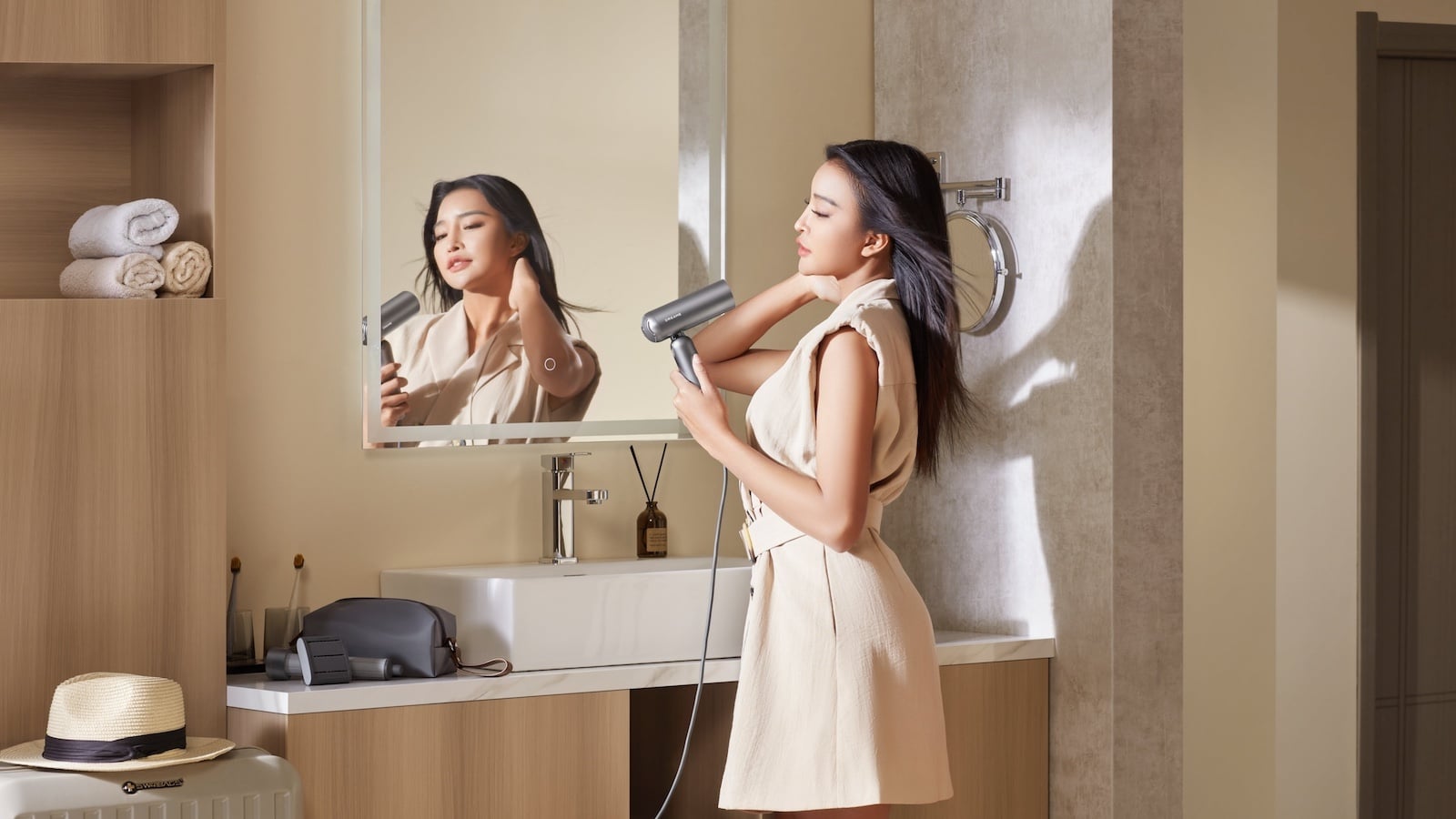 Dreame’s pocket-sized hair dryer is your carry-on’s new best friend
Dreame’s pocket-sized hair dryer is your carry-on’s new best friendThis is one impressive little styler!
By Lizzie Wilmot Published
-
 Netflix's new series looks like The Queen's Game crossed with Naruto – in the best way
Netflix's new series looks like The Queen's Game crossed with Naruto – in the best wayNetflix brings another manga to the screen
By Max Freeman-Mills Published
-
 Threads on the web wants to tempt you away from X
Threads on the web wants to tempt you away from XMeta's newest social network gets a new home and a host of new features
By Carrie Marshall Published